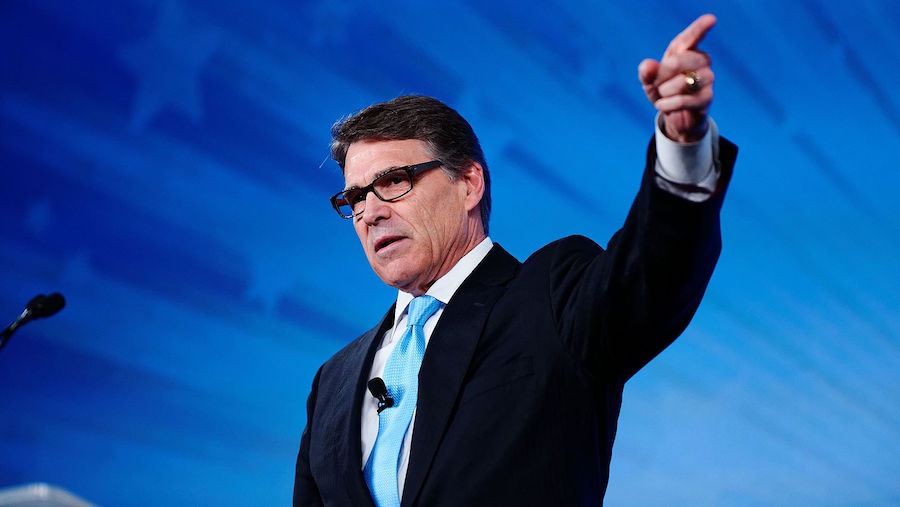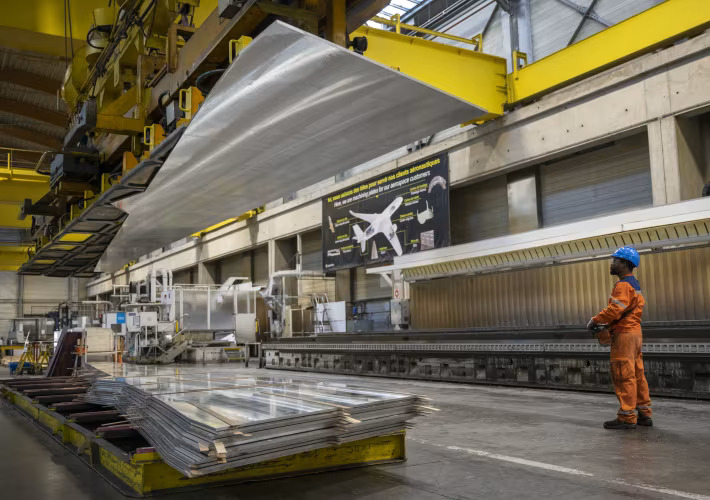Rick Perry suggests proposal to force utilities to pay more for non-renewables

U.S. Energy Secretary Rick Perry has come up with a controversial plan to slow the closure of coal-powered fire plants, under the guise of stabilizing the power grid.
The background of the yet-to-be-passed policy dates back to April, when Perry instructed his second-in-command to develop a 60-day review that looks at how regulatory burdens, subsidies, and tax policies “are responsible for forcing the premature retirement of baseload power plants.” He also wanted to know whether wholesale energy markets adequately compensate actions that, in his view, strengthen grid resilience such as on-site fuel supply usually provided by coal and nuclear plants.
The view of Perry and the current DoE is that America’s power grid would become vulnerable if more coal-fired power plants – a form of reliable baseload power – were to close down. It cites the 2014 polar vortex in the Arctic, which sent most of the country into a a deep freeze and hiked electricity demand, as an example of a situation that put the power grid in jeopardy. To counteract such a threat, the energy department is suggesting that power plants with fuel on site would be a bulwark against such events.
The details of Perry’s proposal to have electricity companies pay the costs for power plants that keep 90 days of fuel on site, is described in Scientific American:
Perry and the DoE issued a Notice of Proposed Rulemaking (pdf), or NOPR, which, if enacted, would dramatically alter the power sector. The NOPR requests that the Federal Energy Regulatory Commission (FERC)—an independent agency that regulates electricity transmission—require utility companies to pay not just for the electricity they buy from power plant companies and supply to consumers, but also for the fixed costs associated with power plants that keep 90 days of fuel on site. That sort of “cost recovery,” as it is called, would be largely unprecedented.
The only power plants that keep fuel on site are coal and nuclear plants; non-renewable energy plants that produce electricity from wind and solar do not consume fuel. Natural gas plants get their fuel from pipelines not from stockpiles.
Could Perry’s plan actually turn into policy? “We do not expect FERC [the Federal Energy Regulatory Commission] to reject this proposal outright,” Christine Tezak, managing director of research for ClearView Energy Partners, an energy research and analysis firm, told Scientific American. “We expect the FERC to take it seriously, if not literally.”
The article goes on to say that critics believe the electricity grid is strong enough to withstand outlier weather events, without subsidizing coal and nuclear power. The argument in favour of NOPR is that allowing coal-fired power plants to recover some of their expenses from utilities, which would likely get passed onto consumers in the form of higher rates,“would in theory restore something closer to the real value of those plants.”
{{ commodity.name }}
{{ post.title }}
{{ post.date }}




6 Comments
Art Easian
It is incredibly stupid to shut down the cheapest fuel, coal, to switch to the most expensive fuel because of the carbon-dioxide ruse. The UN IPCC is wrong and wrong minded. They hate you. Give your head a shake. Does it rattle?
Mike Failla
If you are freezing you butt off then fuel on site is definitely the way to go.
Walter H. Eason, Jr.
another tax monger, as if adding price to the corporation will not affect the end user. If the other systems were less costly or when they become less costly the transition will come naturally. Just ask each senator and house representative to pay for medical and use what the public uses you will see how their reaction is when it is closer to home.
megaman25
I find it ironic how a political party is against any government forcing the American people to do something they do not want to do yet when they’re in power, they force people to do something. Interesting.
Restless Boomers
Rick Perry is a Complete Wacko!
Chris Pritchard
Let the market choose. Wind and solar are unreliable and cause the base load units to operate inefficiently. For the country to grow economically, we need an adequate and competitive energy supply. Solar and wind are not it – stop the subsidies.